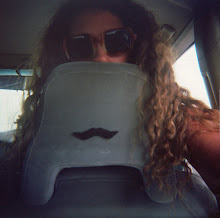I am an interdisciplinary artist whose work commonly takes the form of kinetic, interactive, and time-based sculpture. I often use language and time as sculptural materials. The inventor Charles Babbage once said, “Machines have been taught arithmetic instead of poetry.” In a way, I teach machines poetry. I also teach them to stop making sense.
Like found objects, written language appeals to my desire to provide my audience with a very basic level of accessibility. Any literate person can hardly avoid reading, and thus understanding, any text placed before them. The words and phrases that intrigue me most are found in our everyday vocabulary, simple words that have many definitions and thereby allow for multiple layers of meaning. If such a word or phrase is constructed in three dimensions, it can be broken down into its most fundamental parts, and assembled and disassembled over time or as a result of viewer interaction. Words can appear and disappear, allowing the work’s meaning to remain in flux and illustrating how language is constantly being reshaped by our interactions.
“Eternity” (2010) is a wall-mounted sculpture that was made in collaboration with Mike Fleming. It consists of 30 electric clocks rear-mounted to a large sheet of white acrylic whose hands collectively spell the word ETERNITY once every twelve hours. Like most of my work, “Eternity” investigates the close relationship between language, image and time. The incessant birth, death and rebirth of that word is a metaphor for the fleeting nature of our own existence, and for our desire to live forever. Time, by definition, is “the indefinite continued progress of existence, and events in the past, present and future regarded as a whole.” As we mark, measure and keep time, so too should we contemplate and evaluate the ways we spend it. Time is the ultimate currency.
Making art is like speaking in tongues. I am compelled to speak without knowing exactly what I’m saying. My work requires an interpreter – someone willing to step forward (sometimes literally), to investigate, to decipher, and to translate the work’s message. Because my art practice is driven by concept as opposed to process, my most successful work is made in collaboration. Ideas are always better when they’re bounced around a bit. Many artists enjoy working alone in their studios, but I prefer making work in conversation. It allows me to share the experience, the excitement, the responsibility and the success with another person. The final product is essentially also a collaboration, this time between the artists and the audience. In the end, the work is yours as much as it is mine.
Friday, June 22, 2012
Subscribe to:
Post Comments (Atom)


No comments:
Post a Comment